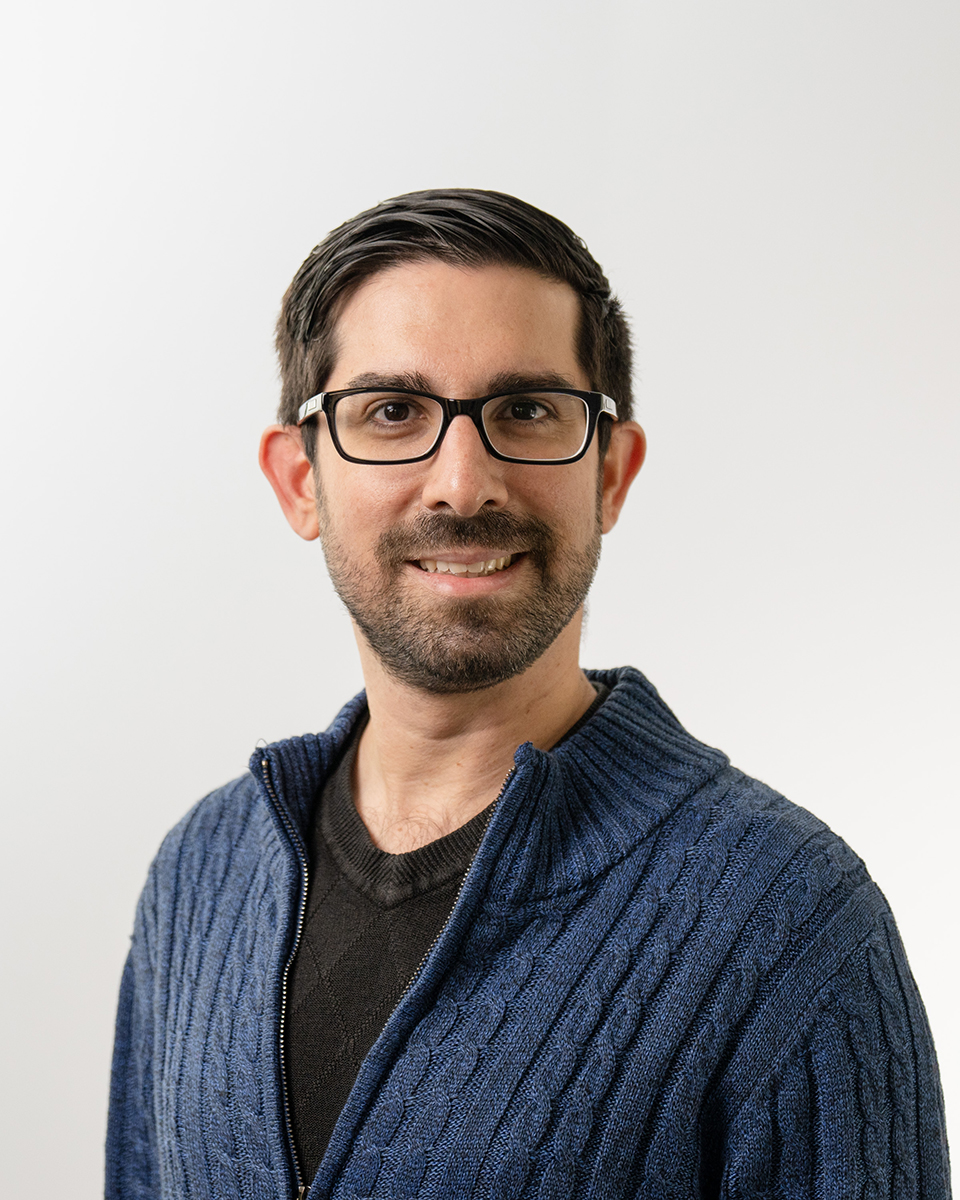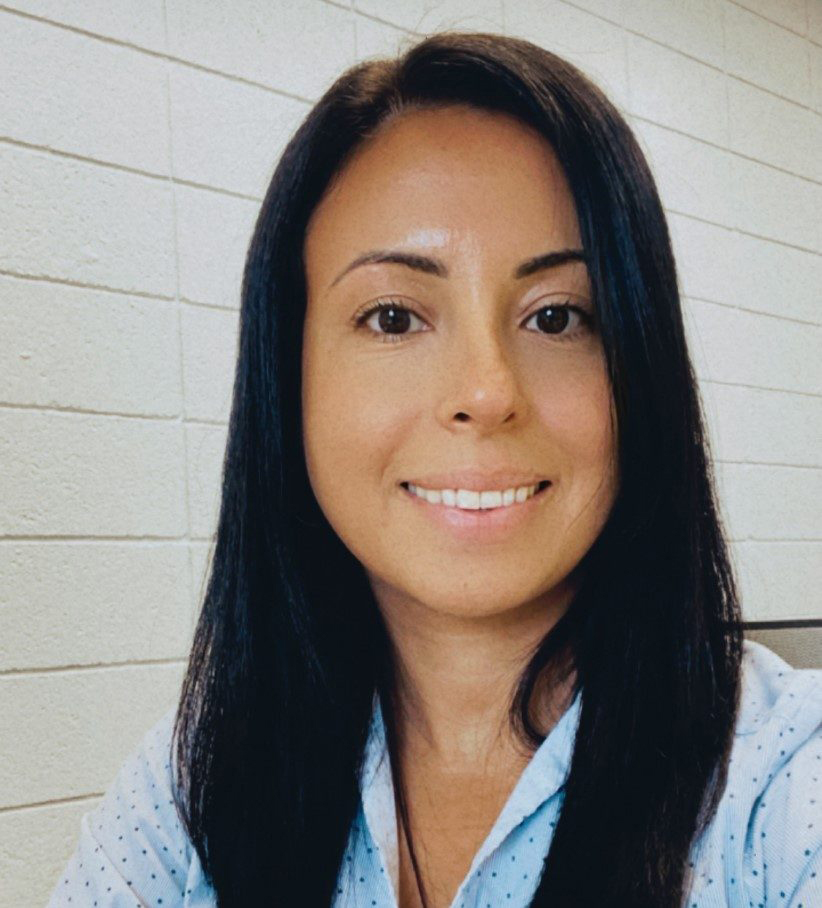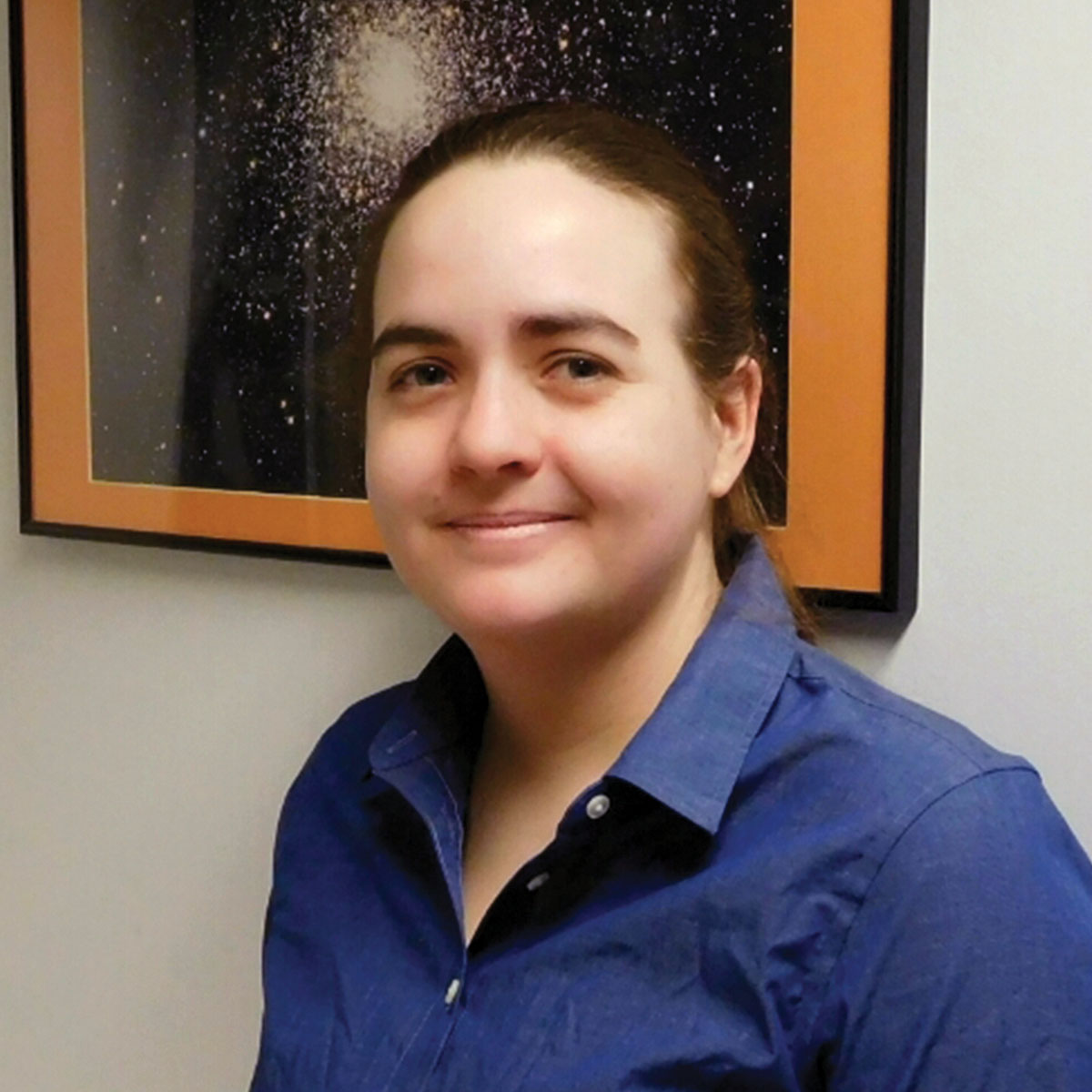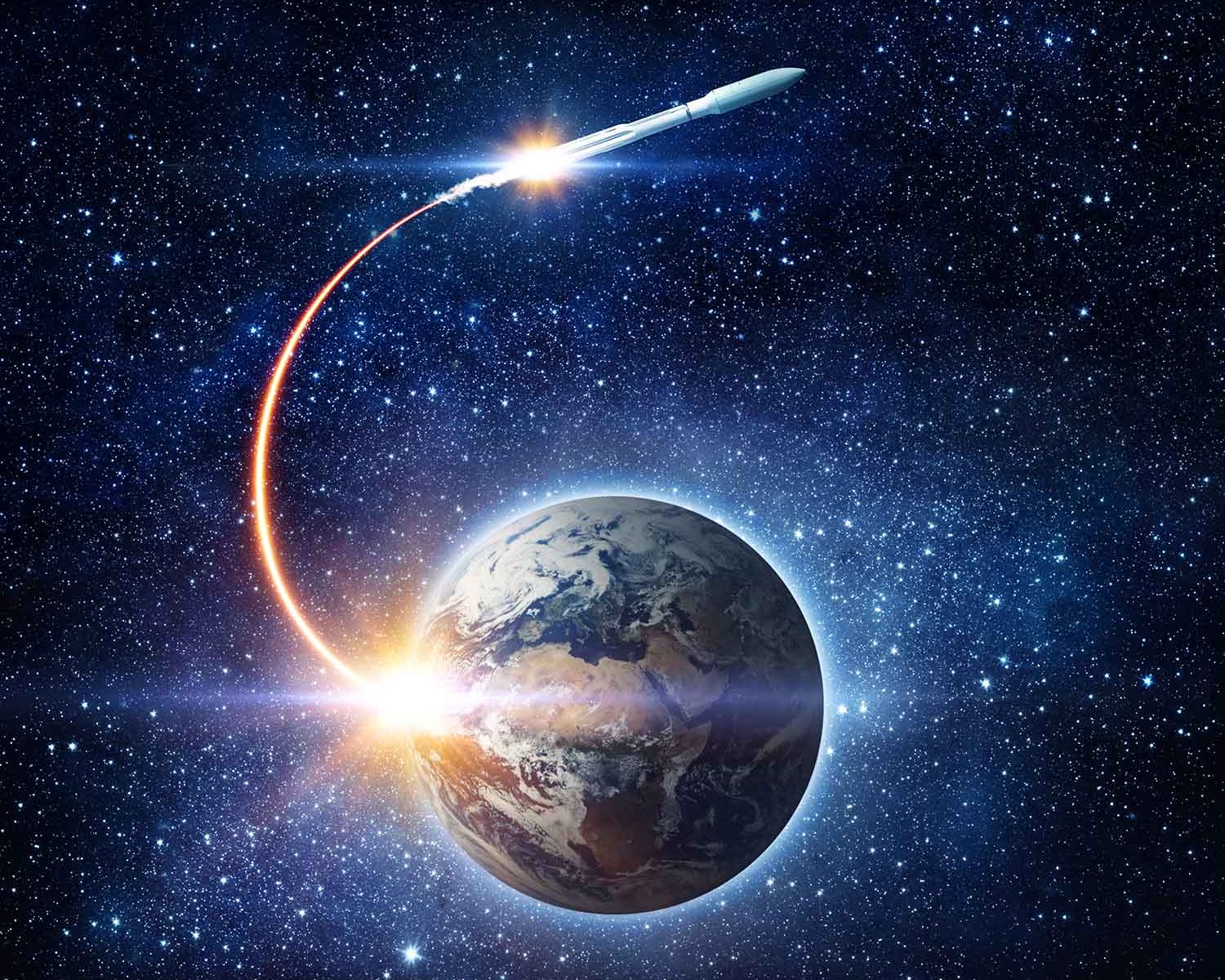Faculty and researchers collaborate and innovate to gain a deeper understanding of our world. Here’s a snapshot of recent grants and publication highlights.
A chemist’s best friend

Discovered in 1985, fullerenes, ball- or cylinder-like carbon-based cages, have joined diamond and graphite as the only three well-defined allotropes of carbon. Coming in all shapes and sizes, fullerenes are known for exceptional stability and resilience, and have a great ability to accept and donate electrons providing numerous application opportunities.
A new study, led by Assistant Professor of Chemistry Mingjie Liu, provides the most comprehensive dataset of C20 to C60 fullerenes to date. For chemists developing new materials for medicine delivery systems, nano-sensors, and energy storage, this is a match made in heaven.
Incorporating a total of 5,770 structures, the study unlocked the keys to understanding the multiple combinations of structures and how they directly affect the properties of stability, solubility, and electronic behavior.
Cultural ties

Associate Professor of Psychology and Director of the ¡Chévere! Lab Roberto L. Abreu has studied mental health within the LGBTQ+ community for years and has received numerous grants and awards for his efforts to improve mental wellness in teenagers and adolescents. This year, he received his second R01 grant from the National Institutes of Health, the largest grant they distribute, to fund a new study to address issues faced by the Latinx LGBTQ+ community.
In this novel study, Abreu aims to identify the contributing factors that are unique to the Latinx community to create a guide to help mental health professionals provide more targeted assistance. These factors include familial and communal connections, traditional gender norms, religion and spirituality, and hostility from those outside both communities. “Our findings will reveal unique strengths and barriers in Latinx families with LGBTQ youth that will help us design future interventions for community and clinical providers,” Abreu explained.
Evolution of a star

One of the most reliable ways to determine a star’s age is to measure its elemental composition, as stars gain and lose certain elements throughout their lifecycle. Lithium is one of those indicator elements, with a higher density in older versus younger stars. A recent discovery by Assistant Professor of Astronomy Rana Ezzeddine and alumnus Jeremy Kowkabany may have challenged this measurement system. During a survey in 2023, the pair discovered a star, named J0524-0336, that was not only incredibly lithium-dense for its age, but had a higher amount of lithium than any star, at any age.

Why J0524-0336 is so inundated with lithium, no one knows for sure. According to Ezzeddine, the two theories are that the star is undergoing a so-far-unobserved phase of the stellar life cycle, or the excess lithium was the result of a celestial collision. Either way, the pair plans to conduct further research to get to the bottom of this astronomical mystery.
Launching a star

The Lambholt NASA Space Mission is a massive collaboration between UF and nine other U.S. universities to launch an artificial star into Earth’s orbit by 2029. This effort has brought together some of the brightest minds in astronomy, including Assistant Professor of Astronomy Jamie Tayar. Tayar researches stars; she focuses on learning about their growth cycles, the physics inside them, and creating accurate models for use in the lab or classroom, making her a perfect fit for the mission.
Creating and launching an artificial star will help provide a breadth of new knowledge, not just on stars but also on the universe itself. The big question Tayar hopes to answer is whether other planets could be in the same sweet spot as Earth in regard to their distance from the sun to support oceans and even life. This could lead to answers for questions like, “How did we get here? Is there life elsewhere in the universe?”
